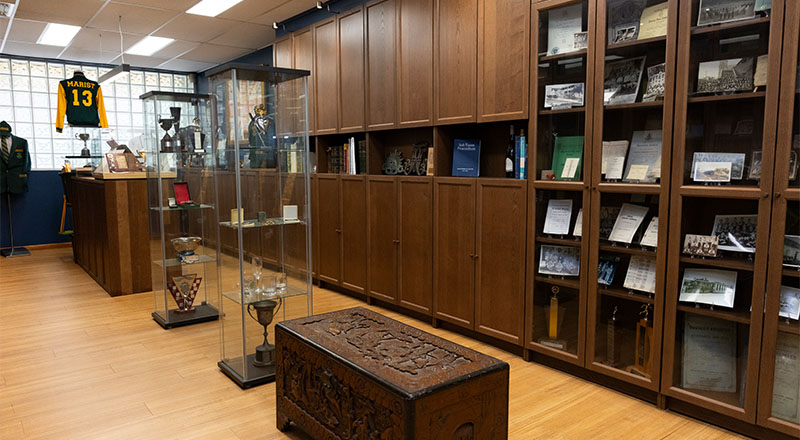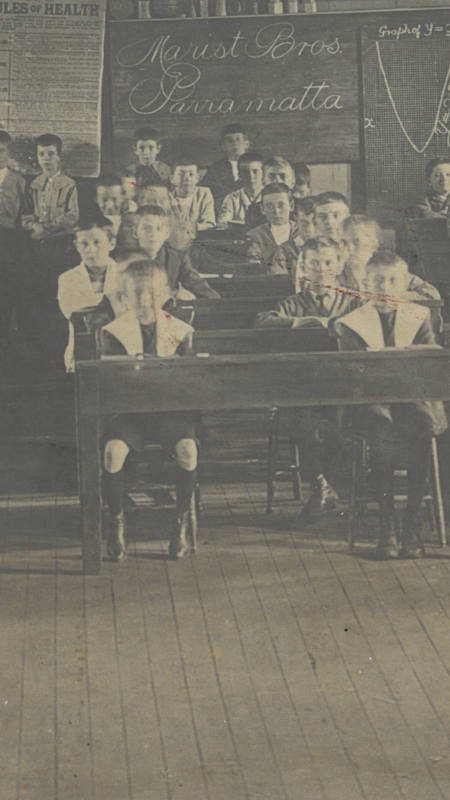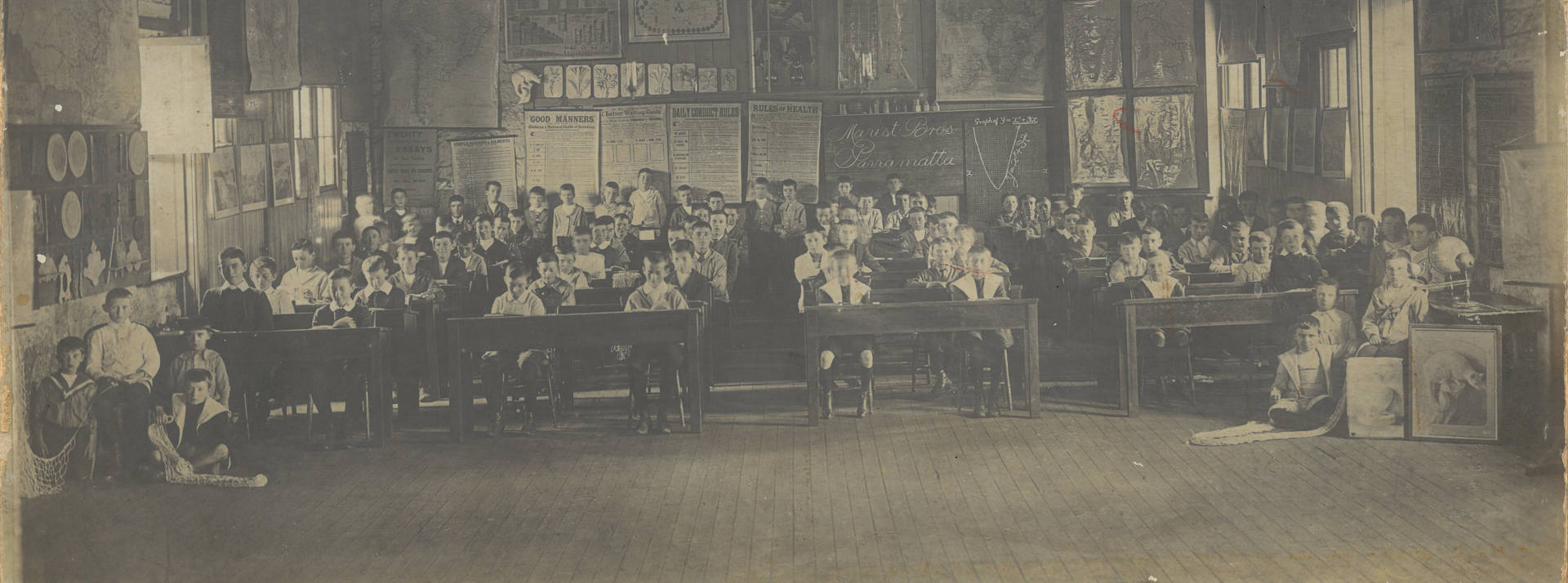Honouring our rich history
At Parramatta Marist, we take pride in being the oldest continuing Catholic school in Australia and the second oldest school in the country. As a Catholic community, we honour our rich history, using it as a foundation to excel in sports, faith, leadership, academia, and service.
Parramatta Marist began as a school established by Fr John Therry in Hunter Street Parramatta in 1820, under the direction of Mr George Morley. The school was transferred to the site of the present St Patrick’s Cathedral in 1837 and entrusted to the care of the Marist Brothers in 1875. This unbroken connection to the Catholic community of the Parramatta district makes Parramatta Marist the oldest continuing Catholic school in Australia.
- 1820 | Early Beginnings
- 1875 | Transition to Marist Brothers
- 1900 | Turn of the Century
- 1945 | Post WWII Era
- 1966 | A New Era at Westmead
- 2000s | A New Approach to Learning
In 1820, Father John Therry appointed Mr George Morley (or Marley) to lead the first Roman Catholic School in Parramatta. A class roll dated 25th January 1821 records 31 pupils at the school, with their names handwritten by Father Therry.
The school was originally located on Hunter Street, Parramatta. The exact site remains unknown, however, it is believed to have operated from one of several houses owned by wealthy Catholic families at the western end of Hunter Street. In 1837, the School was transferred to the Pennant St Site, later named Victoria Road. It appears that by the 1850s, the school was commonly referred to as St Patrick’s Parramatta. A newspaper extract from The People’s Advocate and New South Wales Vindicator (1854) refers to the school by this name.
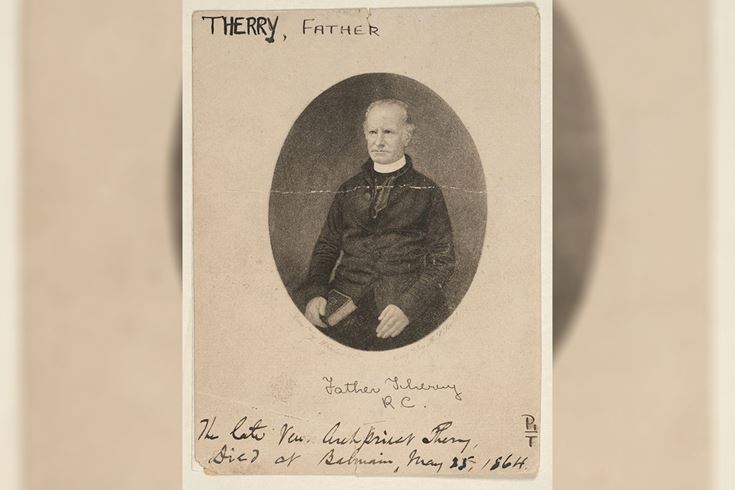
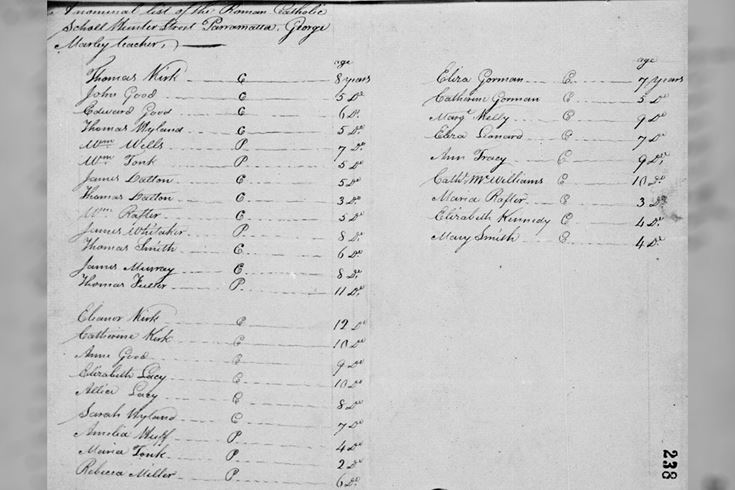
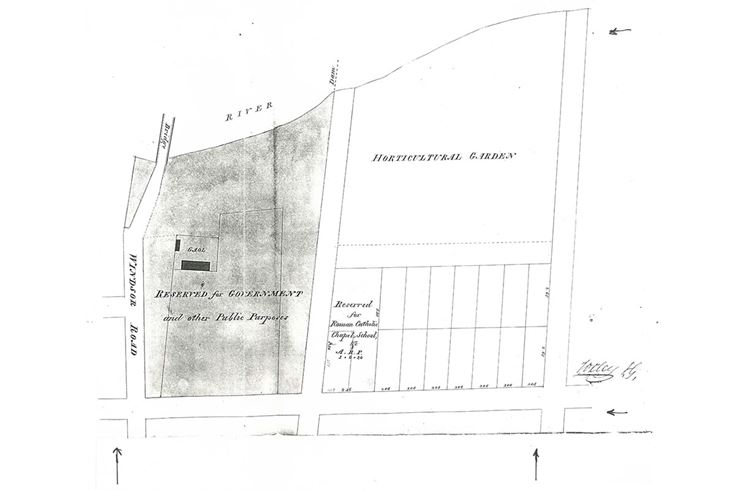
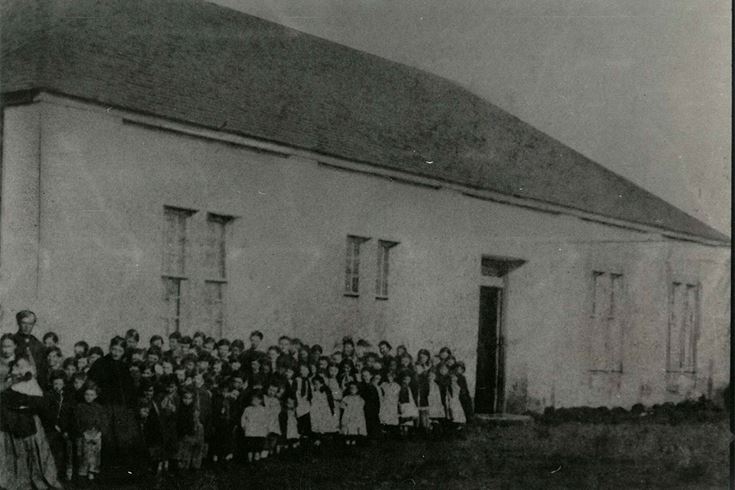
Rev. John (Archdeacon) Rigney, the Parish Priest of Parramatta at the time, played a key role in bringing the Marist Brothers to the area. Referring to himself as the "Pastor of the District of Parramatta," he personally drafted the proposed arrangement with the Marist Brothers in his own handwriting.
The first condition in the proposed agreement states:
That three Marist Brothers be placed at Parramatta to take charge of the Boys’ School.
On 14 June 1875, three Brothers- Br Ange, Br Edwin, and Br Stanislaus- stood before their 32 pupils for the first time, having officially taken over the school’s care.
Within 12 months the student population would grow to 100. In 1882, Br Paul of the Cross (see photo below, with Br Paul in the centre, surrounded by students) began his 5-year tenure as Principal. In 1884, the school was officially listed as St Patrick’s Boys School. In 1888, a new monastery was built next to the school (see photo below of the school building (middle), the monastery (far right), and St. Patrick’s Cathedral in the background).
The following year, in 1889, a new headmaster, a Frenchman by the name of Brother Claudius, took over the school. During this time, the first senior classes were presented for public examinations with notable success (see photo below, with Br Claudius seated on the right alongside the first senior students). Facilities were expanded and extra classes were organised at night and on weekends. An 1896 Inspectors Report (see below) makes comment on the school’s high attendance and “bright, intelligent students”.

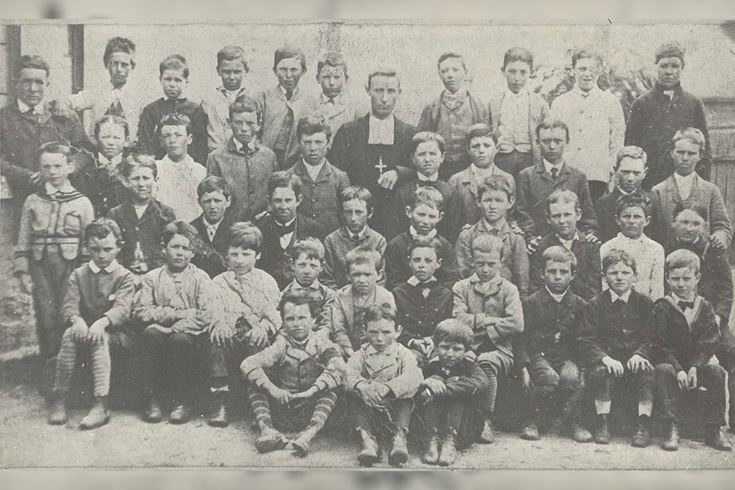
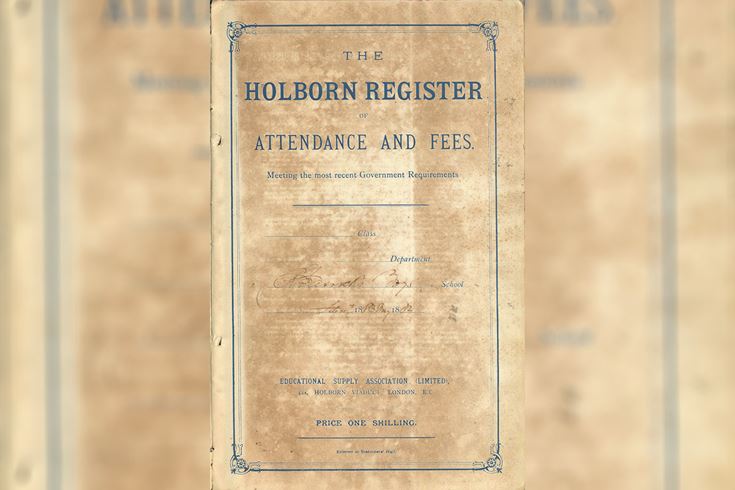
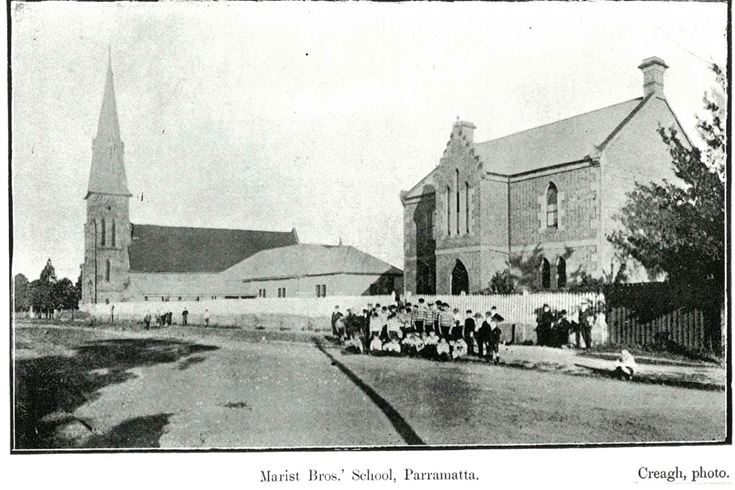
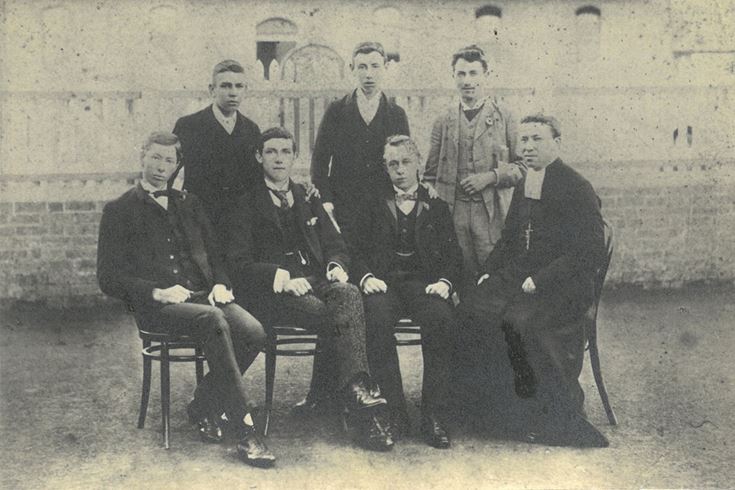
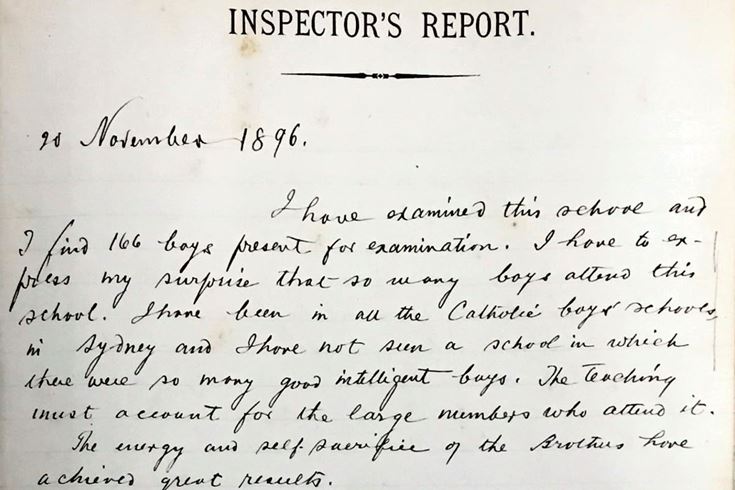
At the turn of the century, enrolment declined from 250 to 110 between 1903 and 1904 due to an economic depression. Despite this, the 1904 Report of the Inspector of Schools praised the high standard of education at Parramatta Marist, noting: "The school is well-organised, and the discipline is faultless."
In the following years, Parramatta Marist continued to grow and achieve. In 1913, the school experienced sporting success with a soccer team (see team below) coached by Br Hugh winning a national competition, defeating teams from across Australia. However, by 1918, the original stone building had fallen into disrepair. That same year, Msgr. O’Reilly initiated its demolition to make way for a more modern structure, which was blessed by Archbishop Kelly on 11 August 1918.
During the 1920’s and 1930’s, enrolment numbers continued to grow, placing more pressure on classroom accommodation (pictured below: the renovated building in 1925). In 1938, the school celebrated the graduation of its first Leaving Certificate Class.
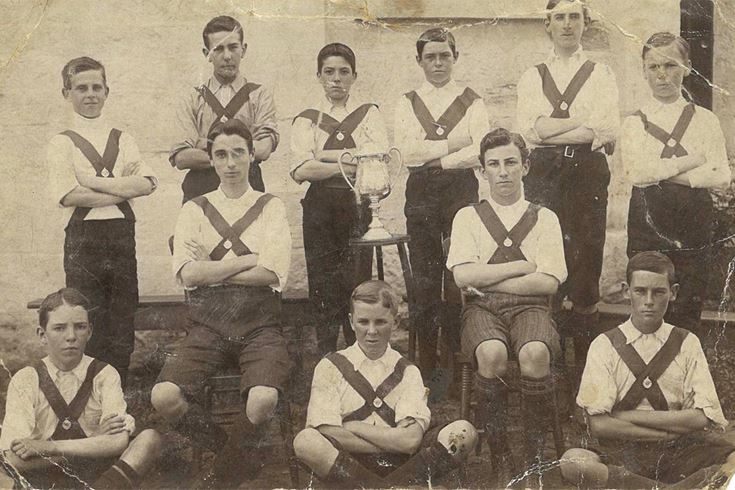
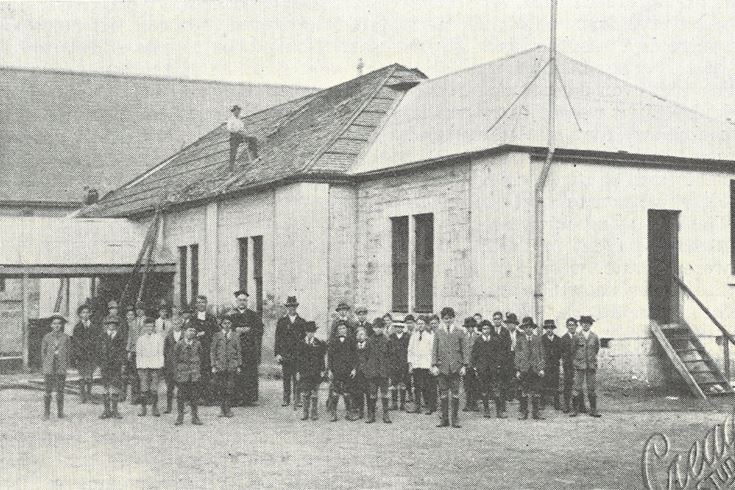
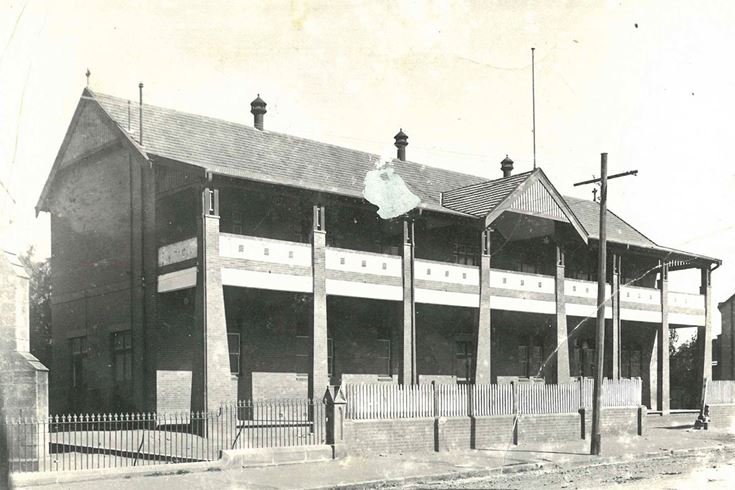
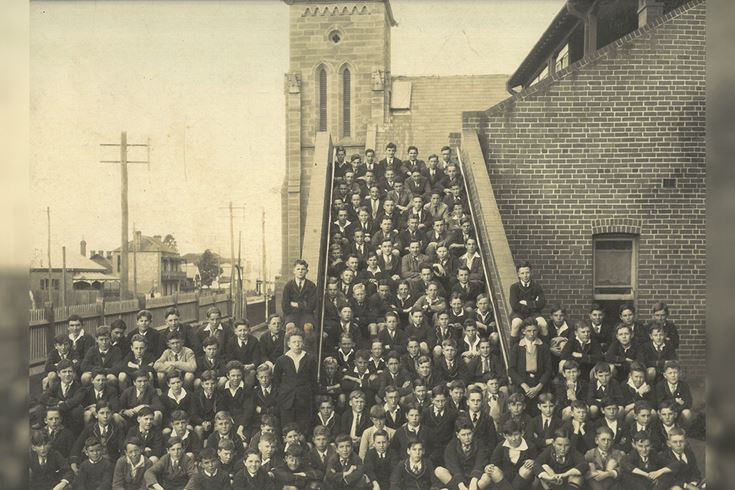
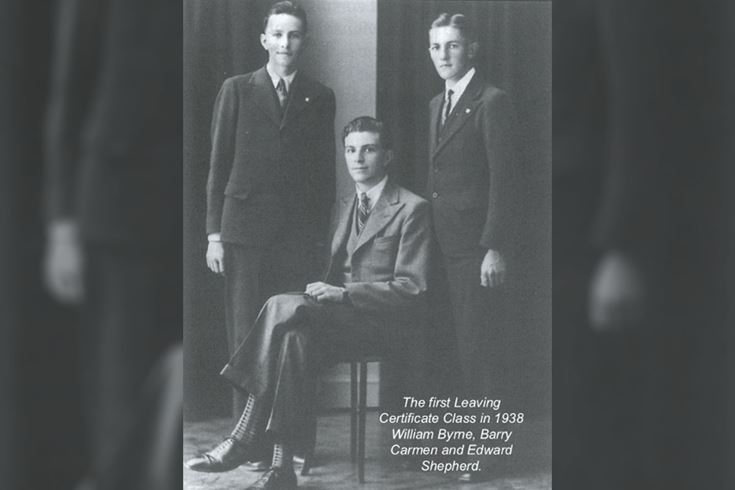
Almost 400 PMH Old Boys enlisted in Australia’s military forces during World War II, more than 30 of whom gave their lives for their country (see the Honour Roll below).
In that time, PMH had an active cadet corps and during the 1960s, the Cadet Band had a strong reputation, recognised as the best in the Waratah Festival Parade (1962). The 1940s and 1950s saw the growth and consolidation of the school with a fine record of scholastic and sporting success in the ACC competition.
Pictured below are the winning teams in Rugby League and Swimming. In 1950, the PMH Football team won the Aggregate, B Grade, and D Grade trophies while finishing as runners-up in the A Grade and C Grade competitions. In 1952, the Swimming Team made history by winning all trophies at the Associated Catholic Colleges Carnival for the first time. At the time, PMH’s swimming squad was led by John Devitt, who, in 1952, held all but three school records. Devitt would go on to win gold medals at the 1956 and 1960 Summer Olympics.
Despite the addition of a new wing in 1956, the school was nearing breaking point by the early 1960s, with enrolment surpassing 1,000 students.
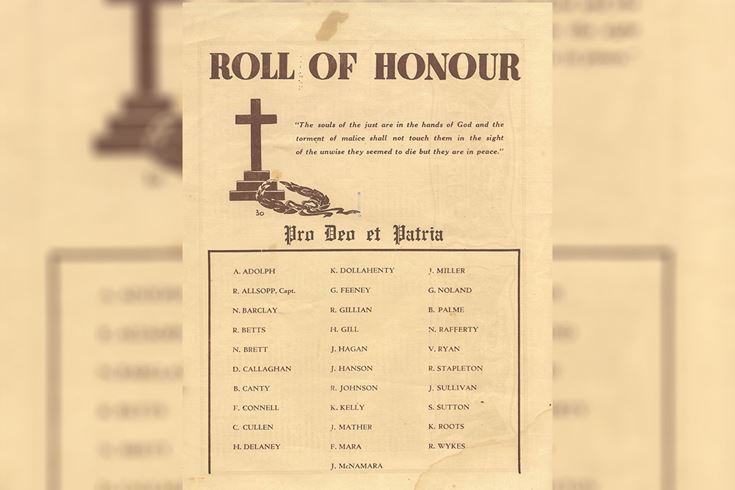
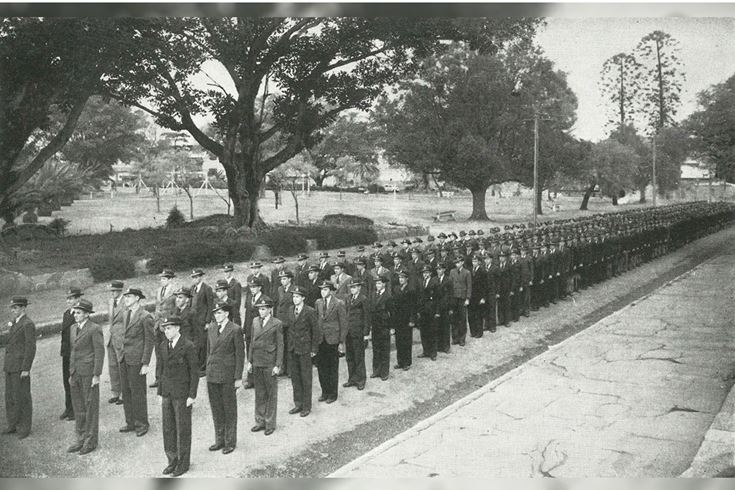
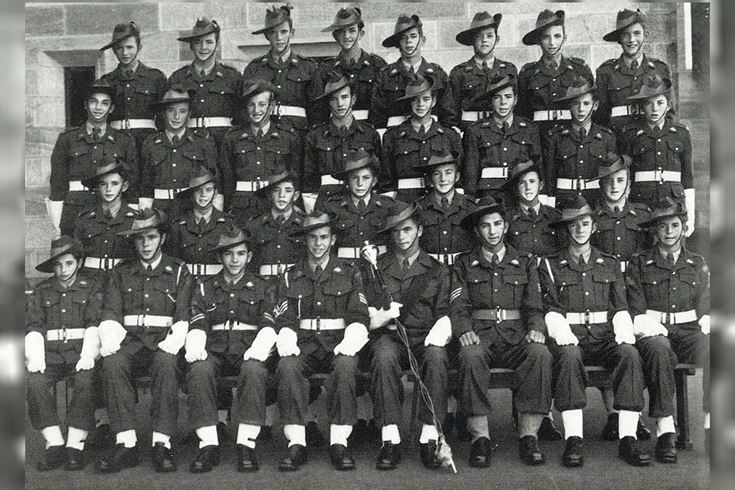

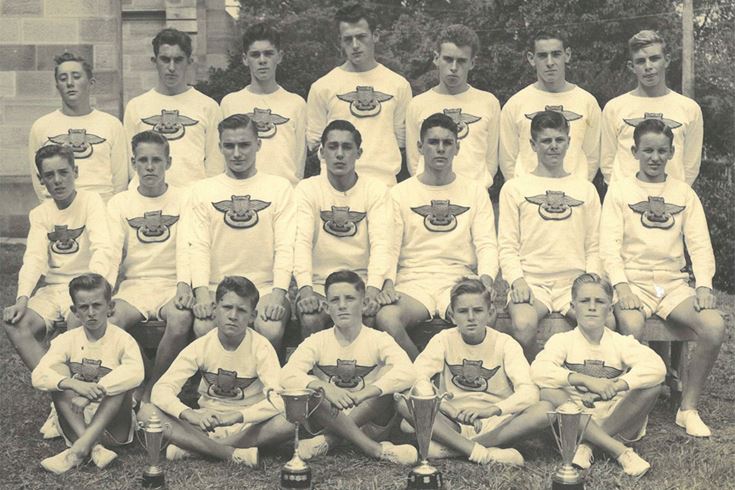
On 6 November 1966, the Westmead campus of Parramatta Marist High School was officially opened and blessed by Archbishop Carroll. High School classes were shifted from the Parramatta site to the new campus. Over the following decades, the Westmead site saw steady expansion with the additions of key facilities like the swimming pool (1967), Lavalla Monastery (1968), the Br Ludovic Library (1971), the senior block and canteen (1973), the Father John Therry Arts and Technics Centre (1982), the administration block (1984) and the multipurpose Morley Centre (1993). During this time, the outdoor fields and grounds continued to be developed.
In 1967, PMH had its first class sit for the Higher School Certificate (HSC) examination (pictured on the steps below). Later, in 1994, the last cohort of the PMH Junior School graduated, marking the end of 174 years of operation (pictured on the steps outside the old school below).
During this time, the school continued to build upon its reputation in the sporting arena. In 1988, the 1st XIII rugby league team was victorious in the national Commonwealth Bank Cup, defeating Holy Cross College, Ryde in the Grand Final by a score of 14–6. This feat was repeated 7 years later with the 1st XIII winning the Cup again in 1995.
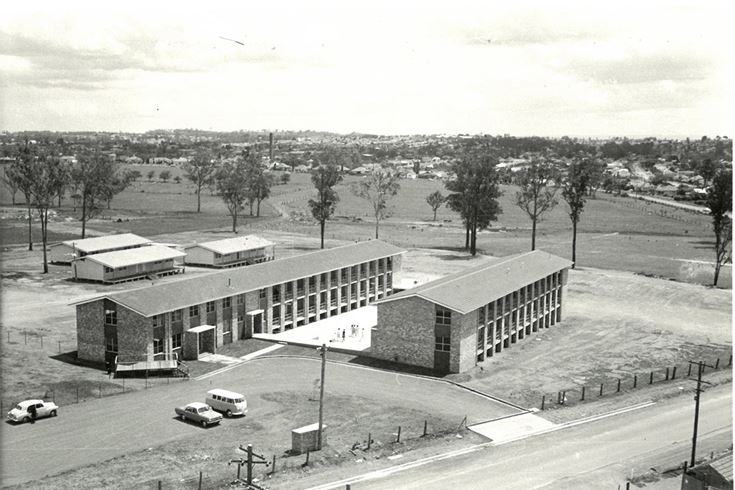
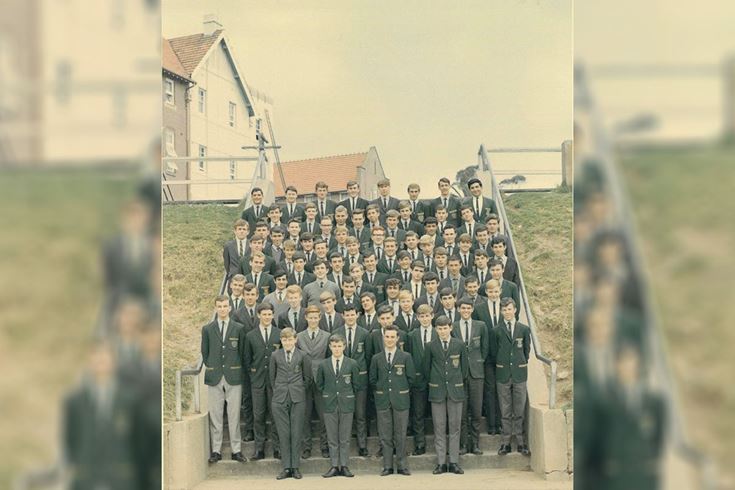
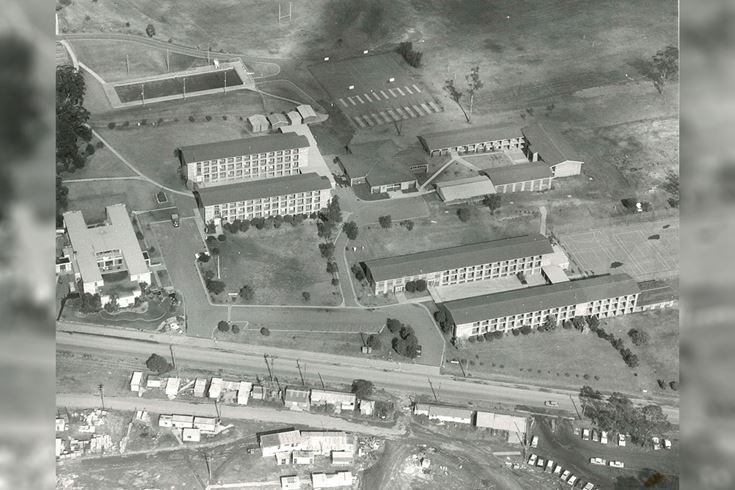
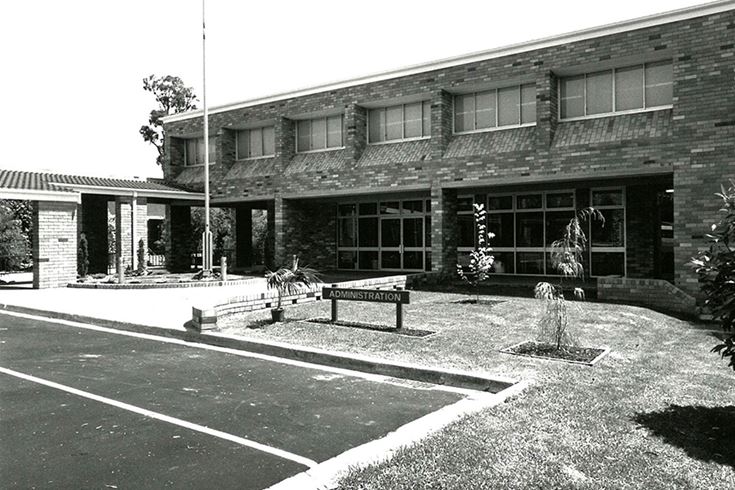
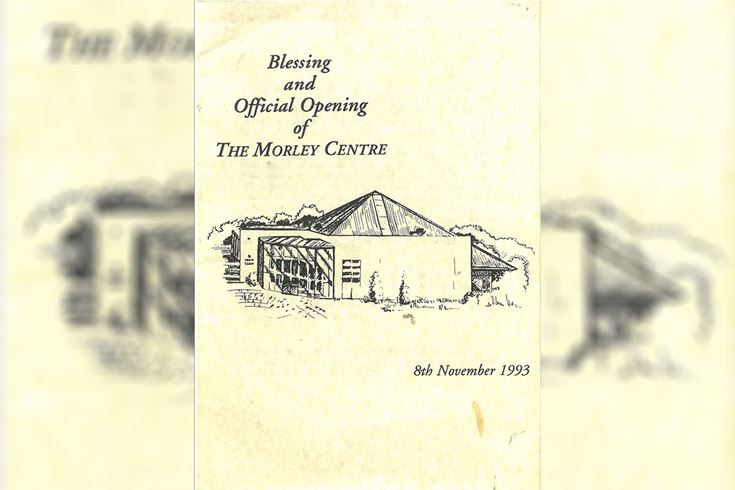
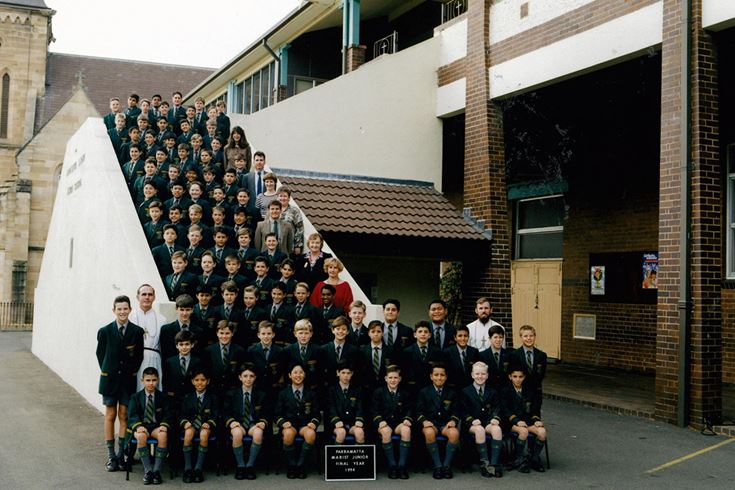
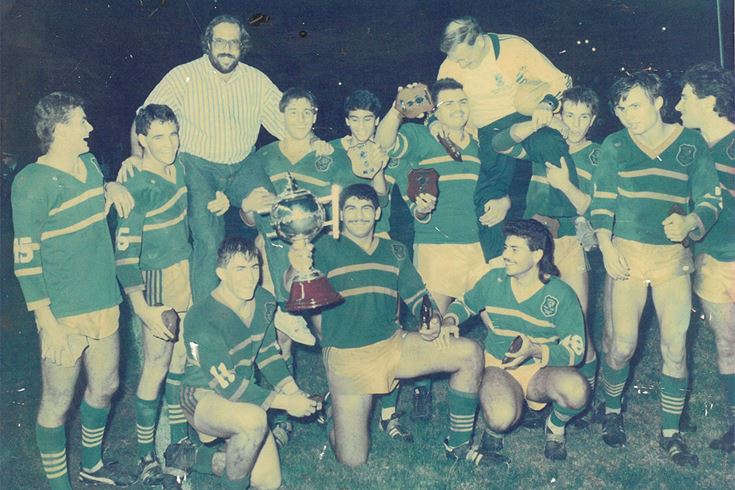
The 2000’s marked a period of growth and educational innovation at Parramatta Marist High School. In 2000, the Morley Centre served as an official volleyball training venue for the Sydney Olympics, and students took part in the Paralympic Games Opening Ceremony. Throughout the early 2000s, the school carried out new construction and facility upgrades to better accommodate its growing needs.
Starting in 2008, the school introduced Project Based Learning into Year 9 and redesigned the learning spaces to cater for this technology-rich environment. This ensured that each student in Year 9 had access to one-one computers. In 2010, Problem Based Learning was introduced into Year 11 and, in 2013, a Flipped Classroom approach was introduced into Year 12. This new approach yielded impressive results, culminating in the school’s best-ever HSC performance in 2014.
In 2020, the school marked 200 years of continuous Catholic education and in 2025, it celebrates 150 years under the leadership of the Marist Brothers. Today, Parramatta Marist remains well-poised to meet the ever-changing demands of educating young men in the Marist tradition in the 21st Century.
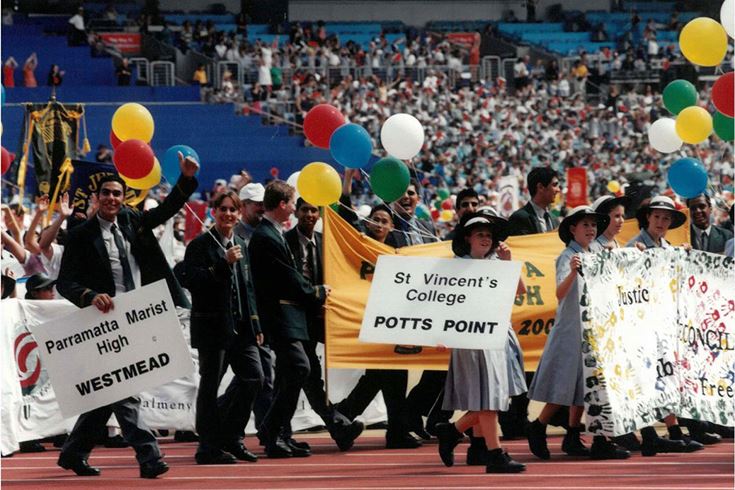
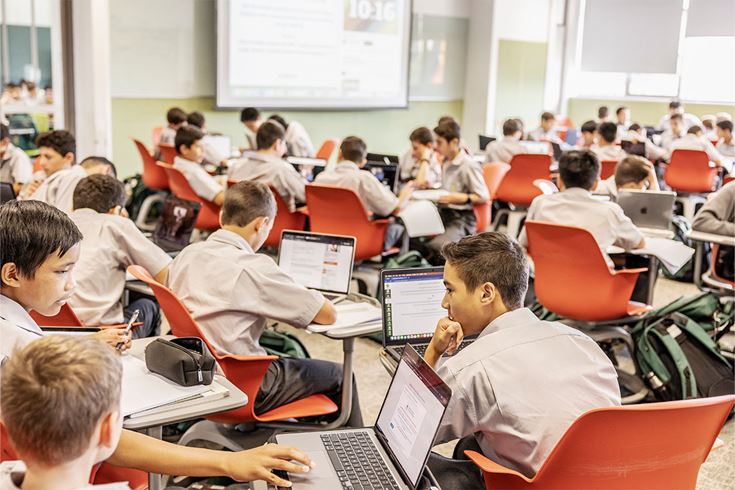

Parramatta Marist archives
The archives at Parramatta Marist, housed in the Br Ludovic Learning Centre, preserve over 200 years of the school’s history, dating back to the early 1820s. They contain a rich collection of significant items that reflect the school's past, carefully documented, digitised and preserved over a number of years.
The Archives Room holds many treasured items, including original class lists from the 1800s to today. It also contains photographs of successful sporting teams from the early 20th century, examination results, an extensive yearbook catalogue, certificates, and pennants awarded for academic merit, as well as items from the school’s Cadet Units.
The school takes great pride in its history, with framed blazers, photographs, jerseys, and other memorabilia displayed throughout the campus as a reminder to students of the legacy they are now part of.
Parramatta Marist archives
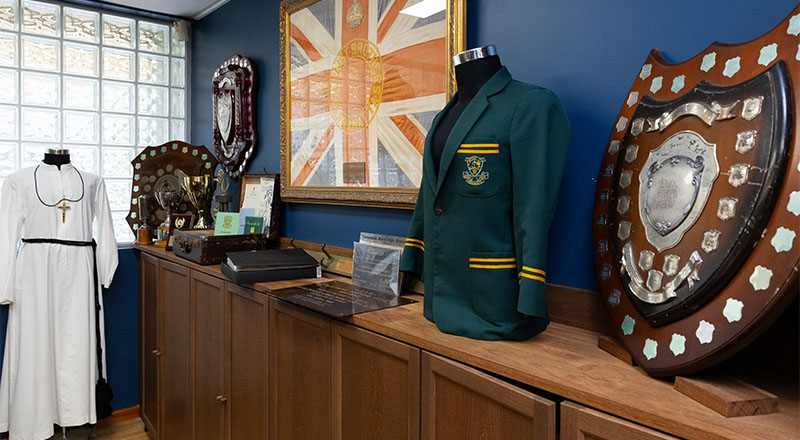
For all historical enquiries
Please contact the School Archives team via our contact form below.
For all historical enquiries
